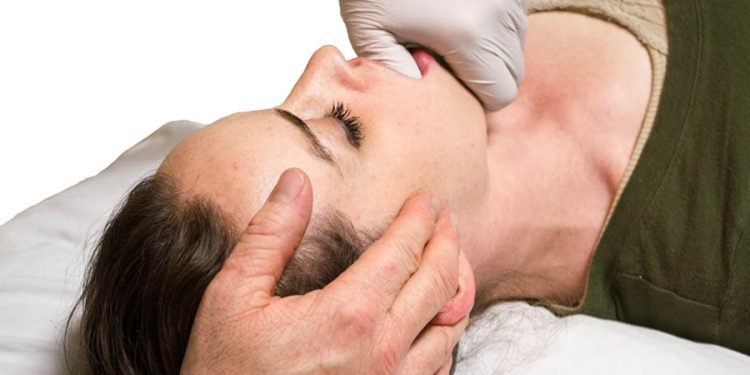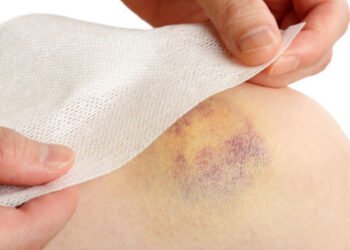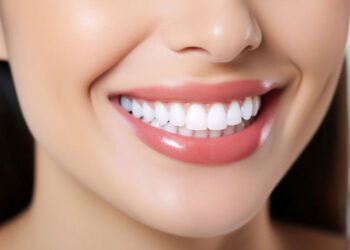Two temporomandibular joints connect the lower part of your jaw to the skull. They are part of one of the most composite human body joints. Together with some muscles, the joints make room for your mandible to go from one side to the other, upward and downward, and forward and backward while you are chewing or yawning.
Suppose the ligaments, muscles, disk, jawbone, and temporal bone do not have proper alignment or do not have appropriate synchronization in motion. In that case, you may experience problems that will cause TMJ migraines. Click here to understand what is tmj migraines. Cass IV Laser Therapy is a reliable solution for TMJ disorders.
What are Temporomandibular Disorders?
TMD (Temporomandibular disorders) are those illnesses that affect temporomandibular joints, the muscles in the jaw, and the nerves that relate to persistent facial pain. These disorders may result from any issue that deters the composite network of muscles, joints, and bones from operating in harmony as they should.
According to the National Dental and Craniofacial Research Institute, you can classify temporomandibular disorders into three. It is also important to note that you can have the three conditions simultaneously. The disorders are as follows:
- Internal joint derangement. It means the displaced disk, dislocated jaw, or injury to your condyle.
- Myofascial pain. It is associated with pain or discomfort in the fascia and muscles controlling the neck, shoulder, and jaw function.
- Degenerative disease of the joints. It includes rheumatoid or osteoarthritis that attacks the joint of the jaw.
What causes Temporomandibular Disorders
There is no apparent cause of TMD in most cases, but sometimes it has a lot to do with excessive strain on areas like the jaw joint and the group of muscles controlling chewing, speech, and swallowing. We can attribute such pressure to bruxism, the constant, involuntary grinding or clenching of teeth. It causes trauma to the neck, the jaw, or the head, which could cause TMD.
Jaw disc displacement and arthritis can also result in TMD pain. Sometimes, if you have another painful medical condition like fibromyalgia or pricky gut ailment, it could overlap with the pain of TMD.
Signs and Symptoms of Temporomandibular Disorders
It is important to note that some of the signs of TMD may look like those of other conditions and that you must consult a dentist to get the proper diagnosis. Here are the known indicators of TMD.
- Headaches
- Jaw soreness or discomfort
- Ringing in the ears or Earaches
- Popping or clicking of your jaw
- Limited motions of the mouth
- Dizziness
- Grinding or Clenching of teeth
- The jaw locking
- Tingling sensation or numbness in your fingers
- Teeth sensitivity with no oral health problems
Class IV Laser Therapy for the Treatment of Temporomandibular Disorders
Specialists combine Class IV laser therapy with cryotherapy for patients with an inflamed temporomandibular joint to prevent it from heating up and escalating inflammation. To reduce spasms and muscle tightness and make room for the joint and surrounding tissue to heal quickly, the specialists combine myofascial release with high-power therapy. With gentle adjustments in the TMJ, it is possible to realign the joint. If you are a TMJ patient, you should avoid eating hard foods like apples, gum, and candy.
The misalignments that occur in the cervical spine sometimes affect TMJ biomechanics. As a patient, you should avoid sleeping on the side. Try and sleep on your back to limit the chances of jaw misalignment. To reduce the inflammation and swelling of the TMJ, ensure you are icing with an ice pack. To be effective, do 20 minutes on and 60 minutes off.
What Are The Simple Benefits Of Treatment With Class Iv Laser
With class iv laser, several biochemical and physiological changes in the patient’s tissues are made possible by the production of Nitric Oxide. Here are the benefits.
- Promotion of cell growth
- Reduces scar tissue
- Stimulates the mitochondria to generate the body’s healing response
- Increases ATP production
- Remove histamine and cytokines from the cell
- Provides nutrients and oxygen to cells
- Promotes endorphin and enkephalin release
You should not endure persistent headaches or pain as it could be associated with TMD. Some patients endure such kind of pain by using pain management medications. With time the mild painkillers stop working, which makes them increase the dosage to combat pain. The pain ends up causing adverse long-term effects. According to a study in 2016, TMD may trigger mental health issues like anxiety and depression.
Some practices that could help you with TMJ pain relief include; maintaining a resting position of the jaw, which can help minimize wide jaw movements like yawning, yelling, and singing. You could also ensure you always get a good night’s sleep and make it a habit to sleep on your back with a pillow to support your neck.












